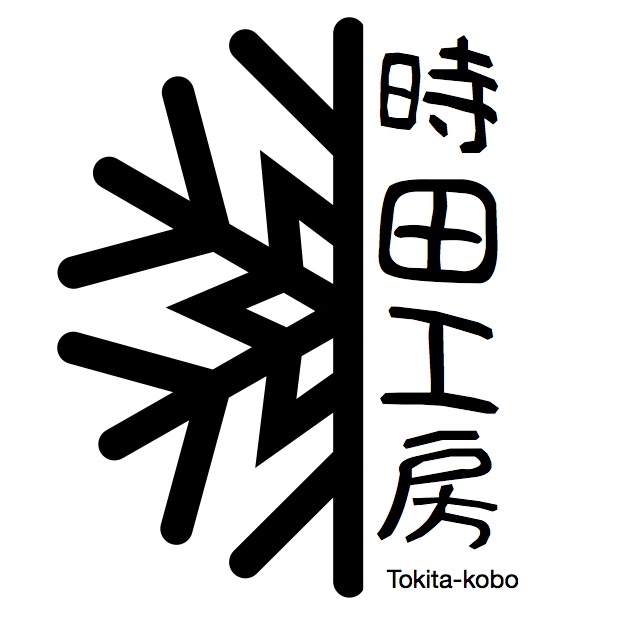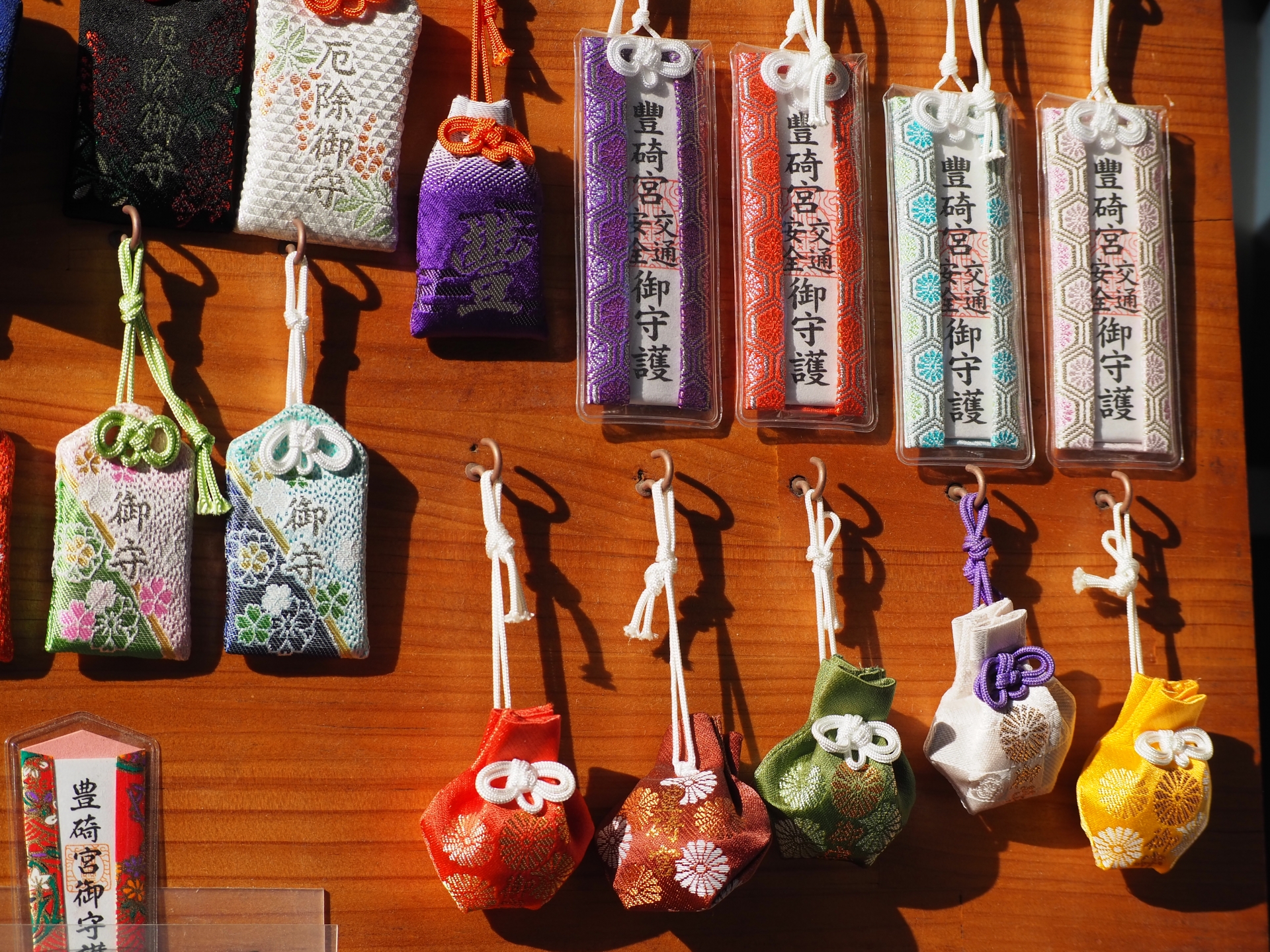If you’ve ever visited a Japanese shrine (神社, jinja) or temple (お寺, otera), you’ve probably seen small, beautifully decorated fabric pouches hanging from racks. These are Omamori (お守り), traditional Japanese amulets believed to bring protection, luck, and blessings. Whether carried in a bag, attached to a phone, or hung in a car, omamori are a cherished part of Japanese culture.
What is an Omamori?
The word “omamori” (お守り) comes from “mamoru” (守る), meaning “to protect”. These amulets contain a small blessing or prayer written on paper or wood, sealed inside a colorful brocade pouch. Each omamori is blessed by monks or priests and is meant to provide spiritual protection to the owner.
Unlike Western charms, omamori should not be opened, as doing so would release its protective power. Instead, they are kept close to you for continuous blessings.
When we wish for our friend’s success, we give them an omamori as a gift.
Types of Omamori and Their Meanings

Omamori come in many varieties, each offering different forms of protection and luck:
🌸General Protection (厄除け, Yakuyoke)
- Helps ward off bad luck and misfortune
- Often bought at the start of the New Year for a fresh start
🎓 Success in Studies (学業成就, Gakugyō Jōju)
- Popular among students preparing for exams and school entrance tests
- Often found at shrines near universities
🚗 Safe Travels (交通安全, Kōtsū Anzen)
- Provides protection during driving or traveling
- Many people keep this omamori in their car or luggage
❤️ Love and Relationships (縁結び, Enmusubi)
- Brings good fortune in romance and marriage
- Often gifted between couples or singles hoping to find love
💪 Good Health and Recovery (健康祈願, Kenkō Kigan)
- Wishes for good health and well-being
- Sometimes given to someone recovering from illness
🏅 Success and Wealth (商売繁盛, Shōbai Hanjō)
- Brings prosperity in business and financial success
- Popular among entrepreneurs and shop owners
🤰 Safe Childbirth (安産祈願, Anzan Kigan)
- A special omamori for pregnant women, praying for a safe and smooth delivery
- Often received during a visit to the shrine on the 戌の日 (Inu no Hi, “Day of the Dog”), a lucky day in pregnancy
- Commonly gifted by family members or friends as a blessing for the mother and baby
Where to Get an Omamori?
Omamori are sold at Shinto shrines and Buddhist temples across Japan. Each shrine and temple creates unique designs, often reflecting the local culture or deity.
What to Do with an Old Omamori?
Omamori are usually effective for one year. After that, it’s customary to return them to the shrine where they were purchased, where they are ceremonially burned to release the spirit’s blessing. If you can’t return it, some people keep them as sentimental keepsakes. If you are away from Japan, you can throw them nicely.
Carrying a Piece of Japanese Tradition
Omamori are more than just souvenirs—they represent centuries of faith, protection, and hope. Whether you believe in their power or simply appreciate their beauty, having an omamori is a special way to carry a piece of Japan with you wherever you go.
Would you like to have an omamori for yourself? Which type would you choose?

